Sustainability, Consultation
Björn Barutzki: "We see ourselves as cultivators"
What sustainability advice and services are available for Berlin companies …
The corona crisis paralyzed the entire cultural sector for months. There was hardly any flying, but somehow people were still present - thanks to new event formats that connected the analog with the digital. The climate benefited from it. A foray through the new digital-analog cloud forest without damaging the treetops.
Inside, the ceiling fell on your head; outside, corona raged. It went on like that for months. For more than two years now, the virus holds the world in check. Some people are making themselves comfortable within their own four walls. Others are annoyed by rampaging children who make a regular home office impossible. The world is still standing still, holding its breath, but the end is in sight. And when it comes: Everything back to normal?
Ironically, the pandemic has shown ways for people to meet without ruining the climate. In 2020, there were 40.8 percent fewer emissions in Germany compared to the reference year of 1990, the biggest drop since the reunion. According to the Federal Environment Agency, at least a third of the reduced emissions were due to corona-related lockdowns. Sales of kerosene even slumped by 55 percent in Germany in 2020 compared with the previous year, according to the findings of the Agora research group. And what was true for Germany was true for the whole world: conferences, events, meetings, performances - all online. Some models could actually prove to be a climate-friendly alternatives in the future. Because digital event formats save time, waste, resources, and often stress. And it's uncomplicated, too: you put your shirt on, comb through your hair, and ready you are for the Zoom lecture in New York.
Which events will we remember? There is, for example, the South by Southwest Festival in Austin, Texas, with 70,000 guests from 90 states. In 2020, it was canceled due to corona. We ourselves were invited as speakers, then it all fell flat. In March 2021, the festival was back, exclusively in virtual form. Among others, the tuba player Theon Cross could be seen - as an avatar. It was the first 3D avatar performance in music worldwide. Streamed events of this kind were plentiful at the time, but it was quickly agreed that purely online events could not replace on-site events. But so-called hybrid events could set a precedent in the future. First, because they allow broader access. The Venice Biennale this year, for example, was held both physically and via a virtual space that could be accessed through VRChat. Films, talks and panels could be attended as avatars. This not only increased the film festival's reach, but also made it possible for people to attend who otherwise would not have been able to afford it. The second reason, of course, is the new climate compatibility at far-away conferences.
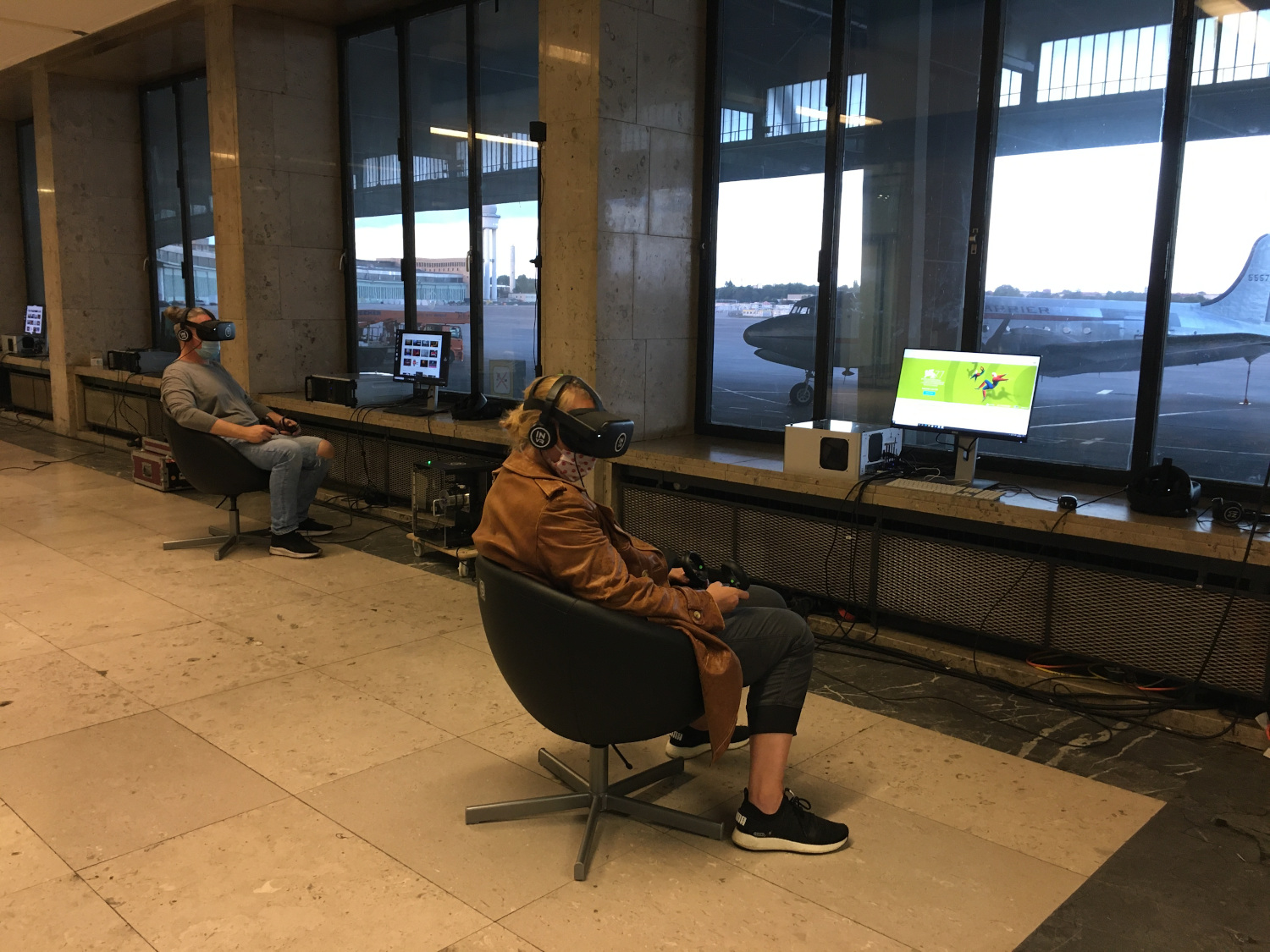
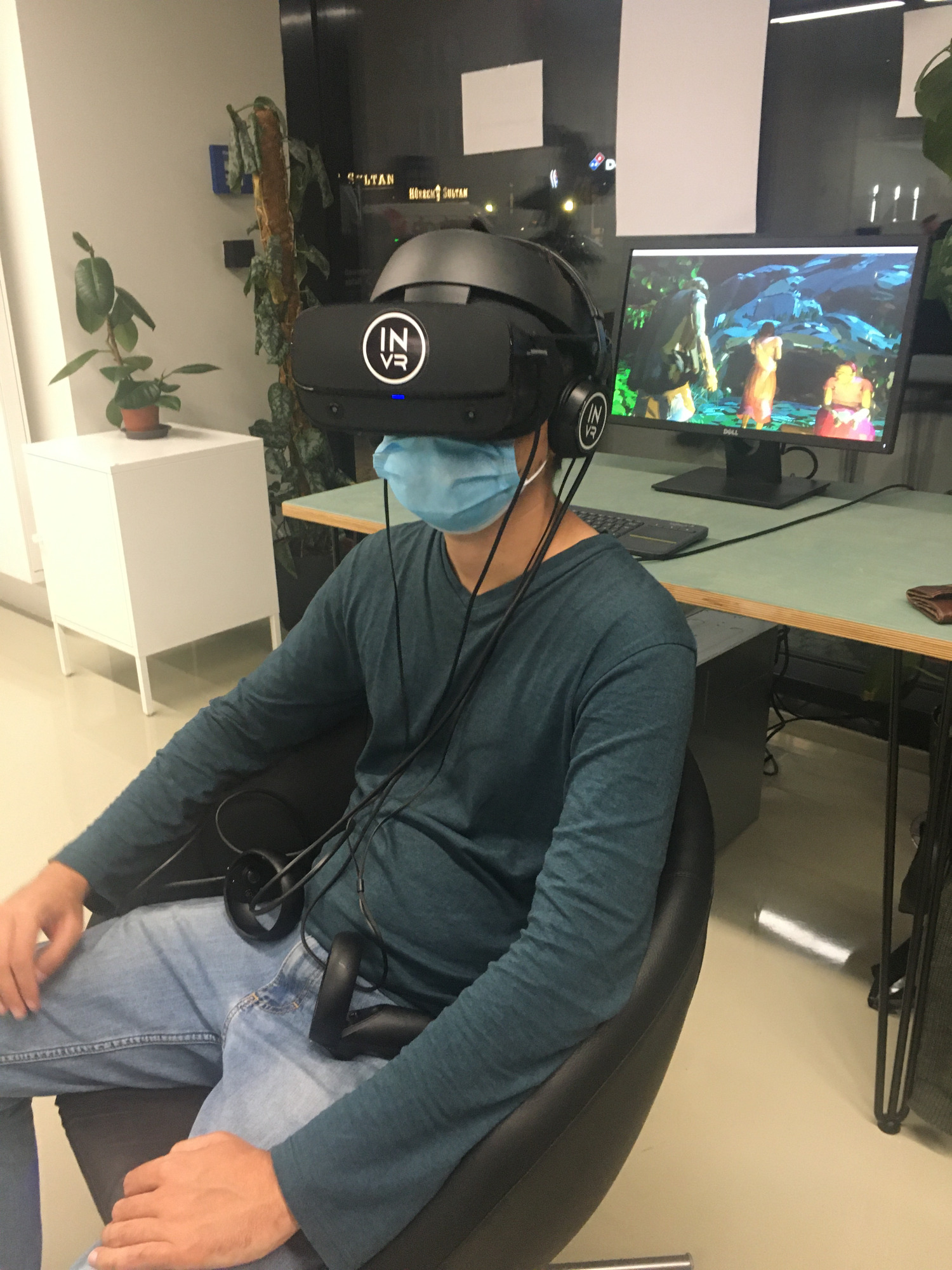

The third event worth mentioning, besides South by Southwest and the Biennale, is the Laval Virtual Conference. One of the guests was Berlin-based curator Tina Sauerländer. Sauerländer has been involved with VR and digital art for a long time, and last year she participated in the Laval Virtual conference as an avatar. Normally, the festival takes place in the north of France. The basis for the VR conference was Virbela's platform. Large, commercial platforms such as Virbela, VRChat, Altspace or Sansar were in demand several years before the pandemic. In the future, they could play an even bigger role. Sauerländer's avatar on these days had long blond hair and was dressed in a navy blue sweater and black pants - almost like the "real" Sauerländer. Around 10,000 avatars moved around the digital island. They listened to lectures, attended seminars and made contacts. "In some cases, it was even easier to get in touch with people," says the curator. You could tell which person was behind an avatar by the flashing of his name above his head. People could communicate via chat or verbally when they were facing each other. "You have to think of it like the virtual world Second Life," Sauerländer says. "I hope that soon more conferences will be held online and not everyone will have to jet halfway around the world just to be there."
Where is this going? "VR technology is developing rapidly," says INVR Space CEO Sönke Kirchhof. His Berlin-based company has existed since 2016 and, like the platforms mentioned above, builds VR worlds for all kinds of events. With nearly 200 projects a year, they are more than busy. Among them are not only festivals and conferences, but also art events, VR installations and advertising projects. Sönke is convinced that in the future, certain events will take place exclusively online in a VR world or will be offered as a hybrid model. There is still the so-called Uncanny Valley effect in the digitization of avatars, he says, which does not exactly reproduce the proportions of avatarized people and thus makes them look like Frankenstein. That's why they have not been depicted realistically in most cases up to now. A technical problem that can be solved.
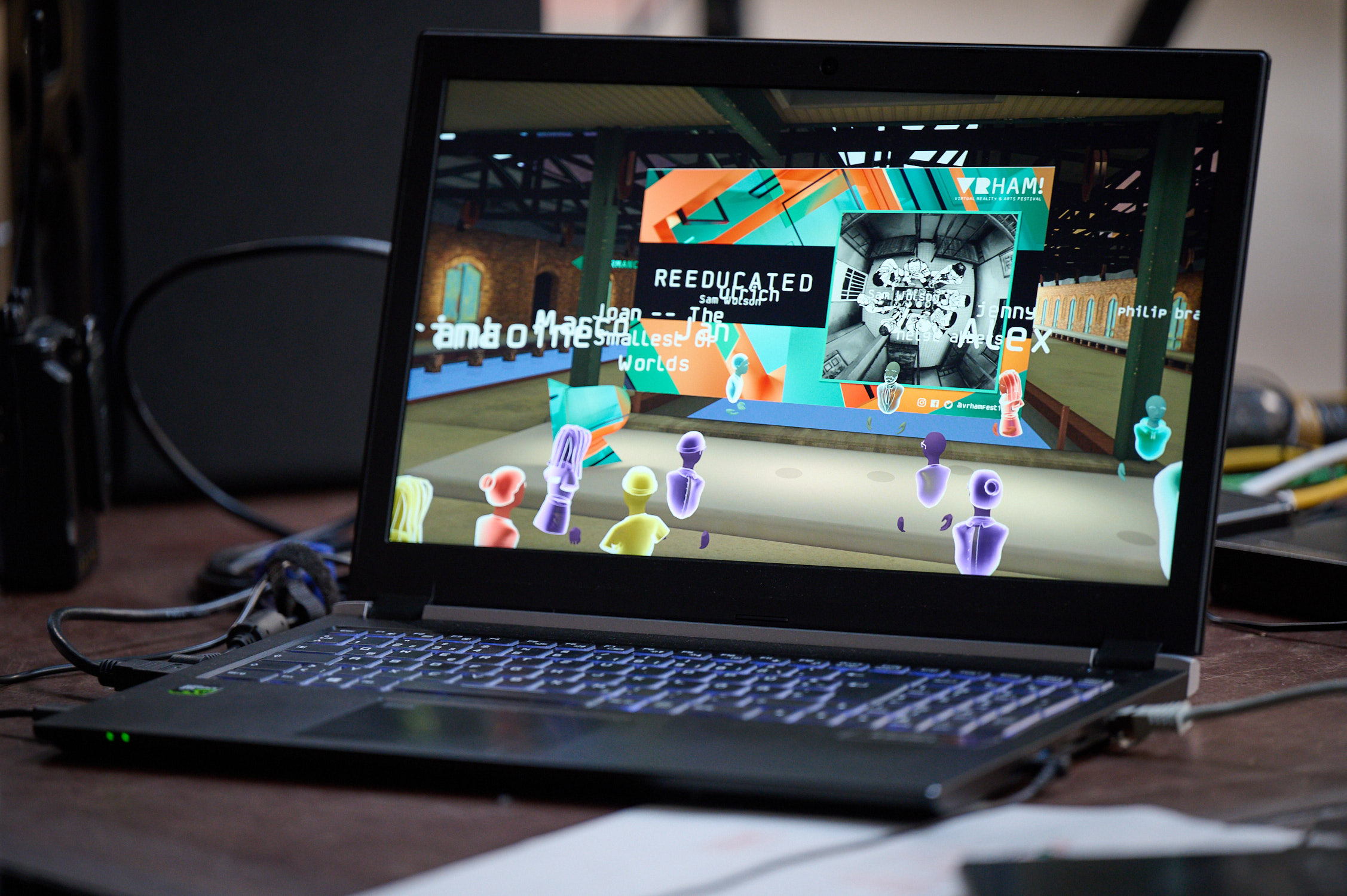
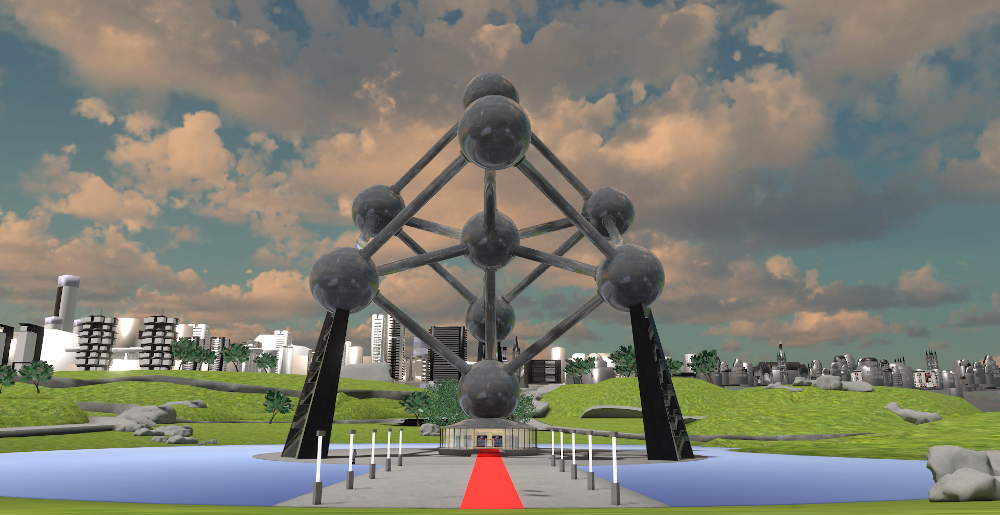
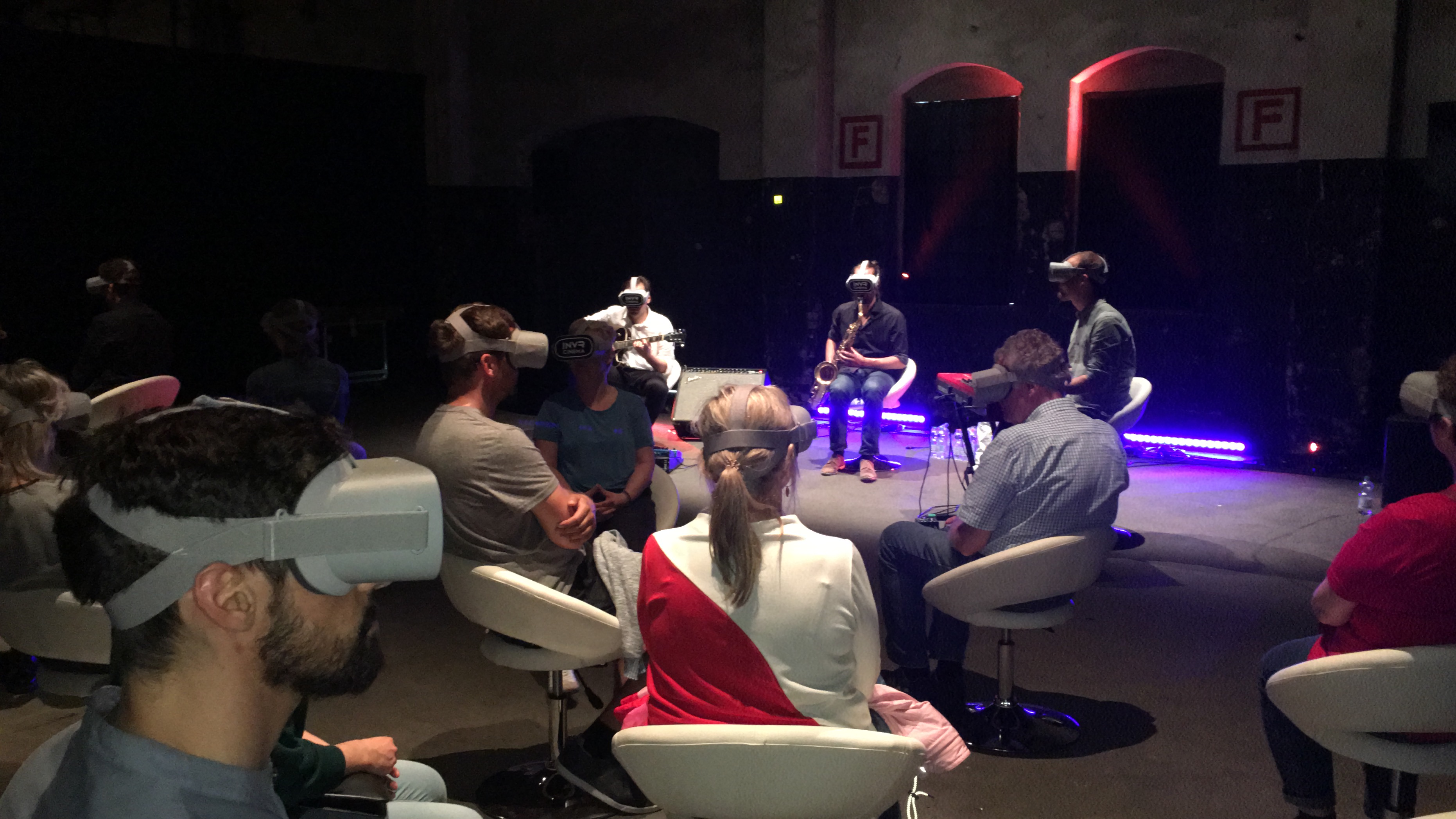
A problem that will be solved. Mark Zuckerberg, whose company also owns the VR glasses brand Oculus Quest, has nothing less in mind than revolutionizing the Internet in ten years. His idea of a metaverse is beyond the imagination of most people. According to his idea, in the future we will no longer stare at the screen when we surf the Internet, we will be on the Internet. As avatars in an all-encompassing VR world. Matrix, only in real life. Everything will be possible in the metaverse, social encounters, shopping, work, games and entertainment, simply everything that makes up our physical lives.
Under today's conditions, this would not be sustainable - Facebook, like Instagram, Pinterest, Twitter and other social networks, has a particularly "consumerist" effect, according to the analysis of Tilman Santarius, Professor of Socio-Ecological Transformation and Sustainable Digitalization at TU Berlin. By 2030, however, the group - like Apple, Google and Microsoft - wants to become climate-neutral across the entire value chain. We can look forward to that. At least you won't have to drive your Porsche to the real-life supermarket again. You just fly straight to the beverage department, your avatar buddies next to you. A brave new world.
Do you know it? Our new magazine on sustainability and culture
You want to have the new CCB Magazine for free? [Click here]
Category: Specials
Also a good read
Subscribe to our monthly newsletter!